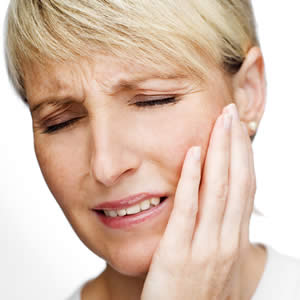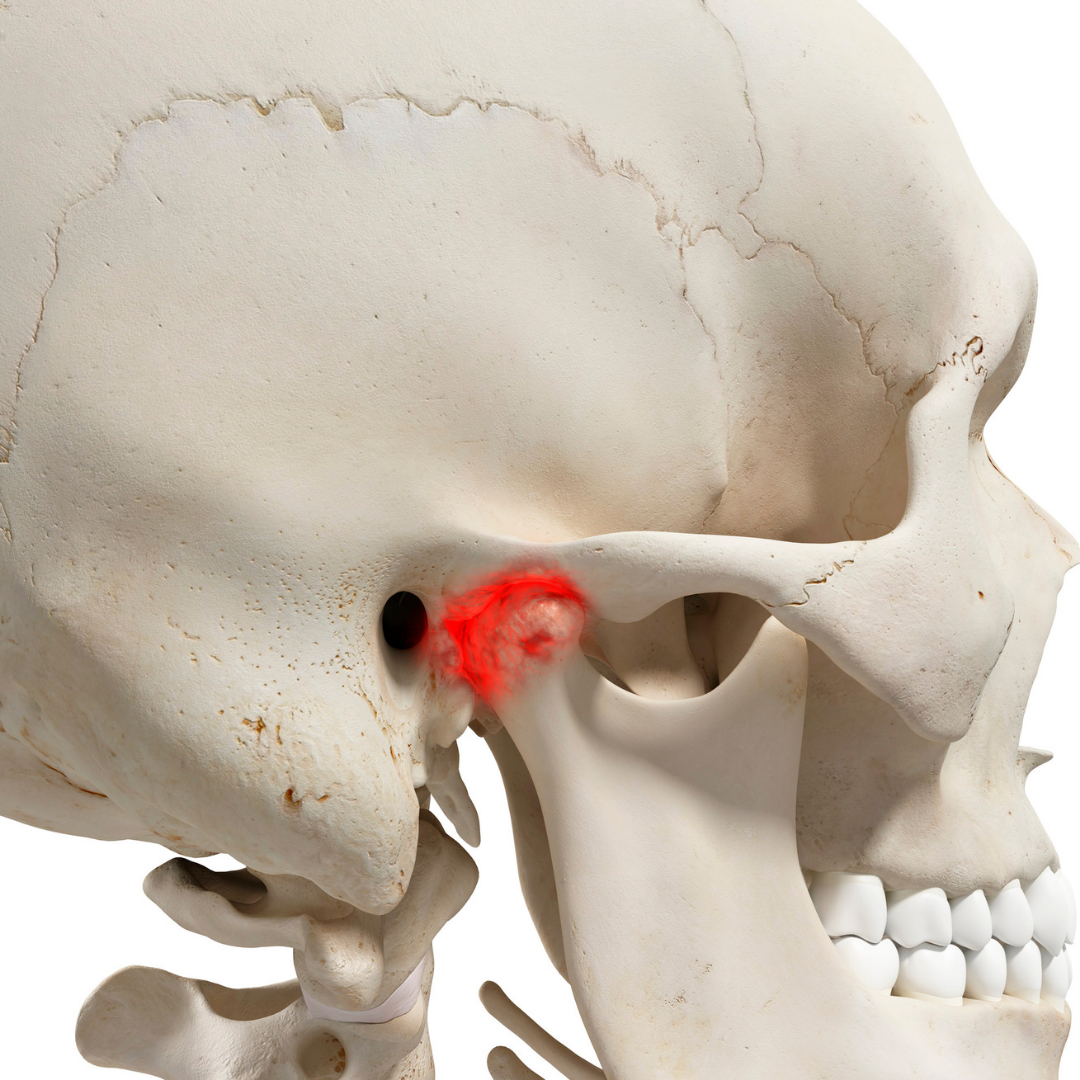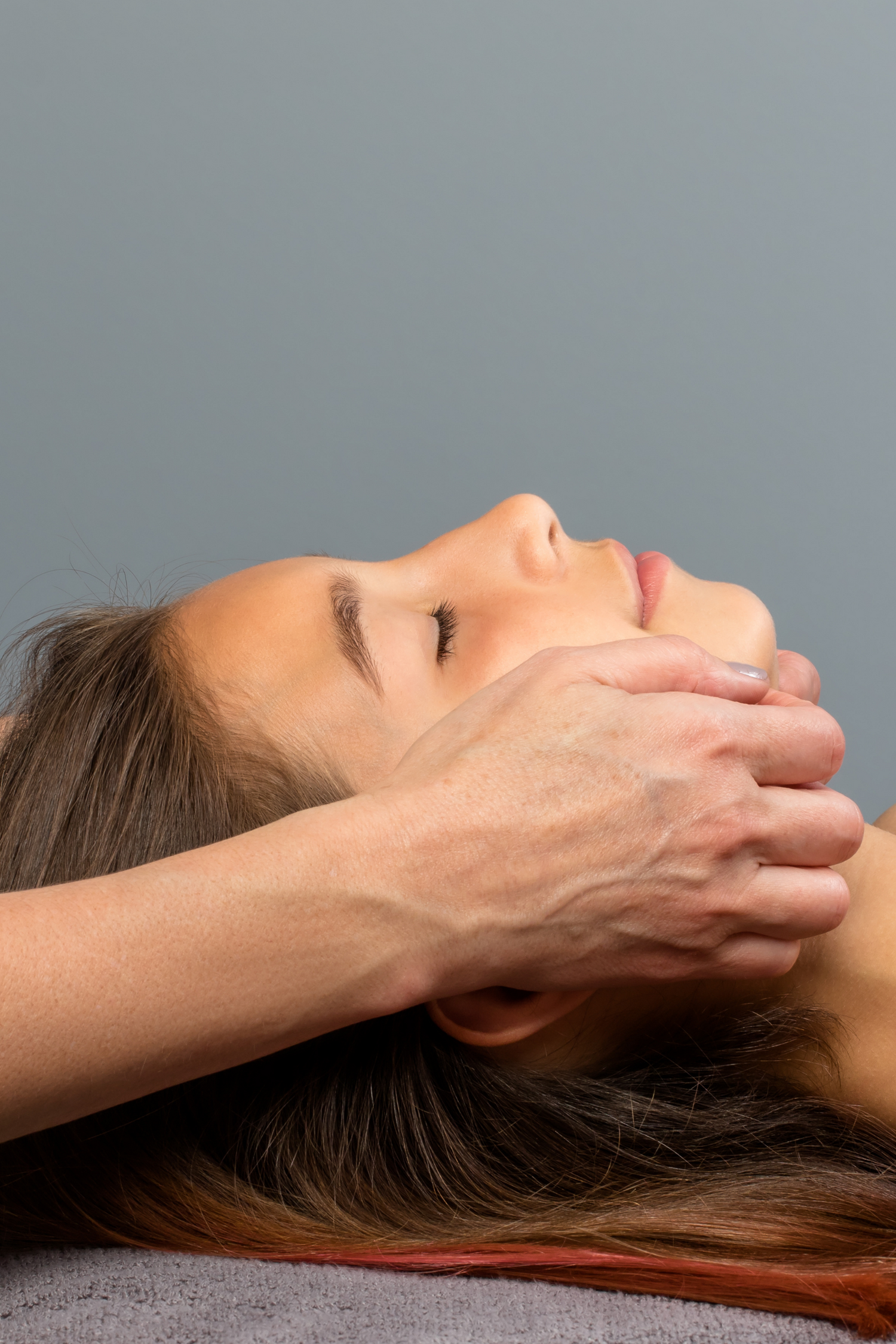
The Temporomandibular Joint
If you place your fingers in front of either ear and open your jaw, you’ll feel changing shapes beneath your fingers. You are feeling the joint where the temporal bone of your skull attaches to your mandible (jaw)-the joint that is called the temporomandibular joint or TMJ. This fascinating joint connects your jaw to your head. Ligaments, cartilage, fascia, an articular disc, muscles, nerves and blood vessels run in, around and through the TMJ.
Symptoms Of TMJ
TMJ dysfunction or syndrome occurs when the joint is misaligned or malfunctioning in some way that subjects it to excess pressure. The condition was first identified in 1934 by an otolaryngologist, J. B. Costen.
Among the most common symptoms of TMJ dysfunction are the inability to open the mouth wide and a clicking or popping sound when the mouth opens or closes. In some cases, the jaw can even temporarily lock up.
Other TMJ symptoms can be severe headaches loss of hearing; tinnitus (ringing in the ears); the sensation of an object in the throat; facial swelling; shoulder, cheek or jaw joint pain; neck ache; tic douloureux (facial nerve pain); pain in or under the ear, the eye or upon swallowing; tooth pain; migraine: nausea; blurred vision and dizziness.

Causes Of TMJ
The most common causes range from bruxism (teeth grinding), trauma, excessive nail biting, degenerative joint diseases and many more. TMJ may also be caused by trauma: a child may fall on its sacrum and in time, through the adaptive body mechanisms, the pelvic imbalance can affect the TMJ, head and neck.
According to Dr. Gerald Smith, a specialist in the field of structural dentistry, dental work specially improperly fitting braces or orthodontia-is the cause of many TMJ problems:
Chronic headaches, scalp tenderness, pains behind the eyes, muffled ear sounds, ringing, hissing or other ear distortions, balance problems, nausea, facial tightness, cervical or lower back pain or restriction of neck motion should all be thoroughly investigated for possible implication in cranial distortions, especially if they appear within days after braces are placed… These same symptoms may surface within a period of six months to several years.
According to Dr. Daryl Curl, who holds degrees in both dentistry and chiropractic, orthotics (braces, crowns, etc.) may contribute to or worsen a patient’s head-pain complaint. Sometimes the head pains caused by ill-fitting dental work can be quite intense.

Conservative, Non-Invasive Treatment
Some of the standard approaches to TMJ and related conditions are muscle relaxant drugs; painkillers: oral appliances, such as a night guard to control bruxism (grinding of the teeth); heat massage and a soft diet to ease the pain of chewing. Biofeedback or psychological counseling is used to combat stress and anxiety, which appear to affect TMJ pain. Other treatments are orthodontics, restorative dentistry to build up the bite, bite plates and physical therapy. In severe cases, surgery has been performed to enter the joint and end the discomfort, yet this drastic step should be taken only after more conservative approaches have failed. According to Dr. Smith:
''Surgery should not be done until chiropractic and proper dental support is provided prior to the surgery with the exception of a tumor, fracture or serious pathology.''
Top experts, including the National Institutes of Health (NIH) and NIDCR, also recommend conservative, reversible treatments as the best route of action.Our doctors agree and recommend choosing non-invasive treatments first, rather than aggressive treatments, like surgery and implants, which penetrate the tissues of the face, jaw or joint.
Chiropractic treatments may alleviate some of the symptoms of TMD through manipulation of the jaw and muscles surrounding the temporomandibular joint, potentially relieving tension and pain. Spinal and TMJ problems are often found together. A properly aligned spine helps the TM joint. Chiropractic care, especially in the area of the upper cervical spine and skull, often relieves pressure on the spine and the cranial bones.

